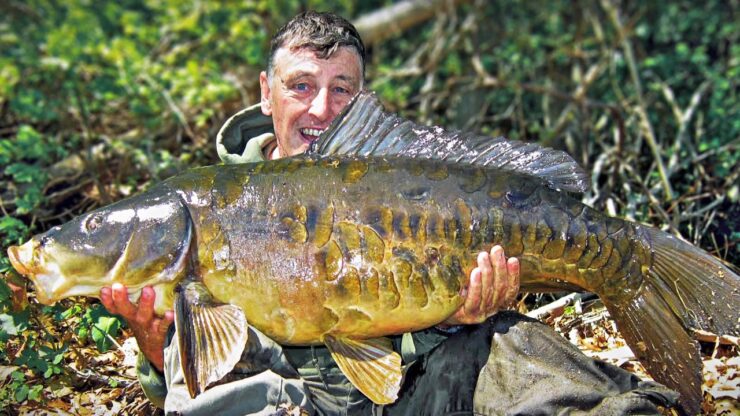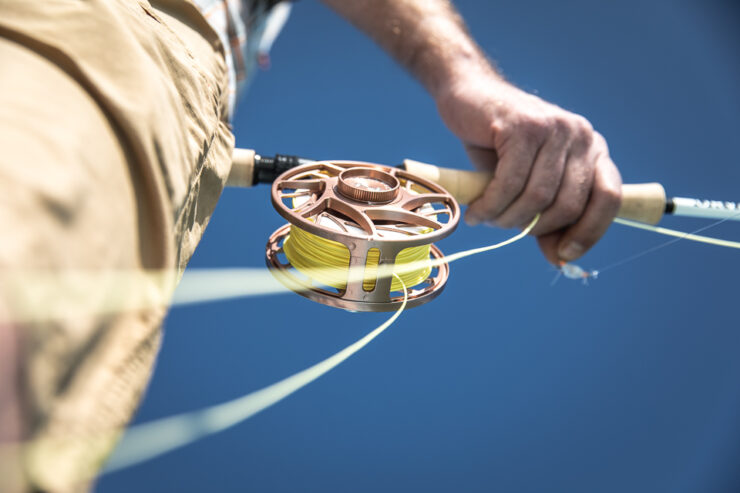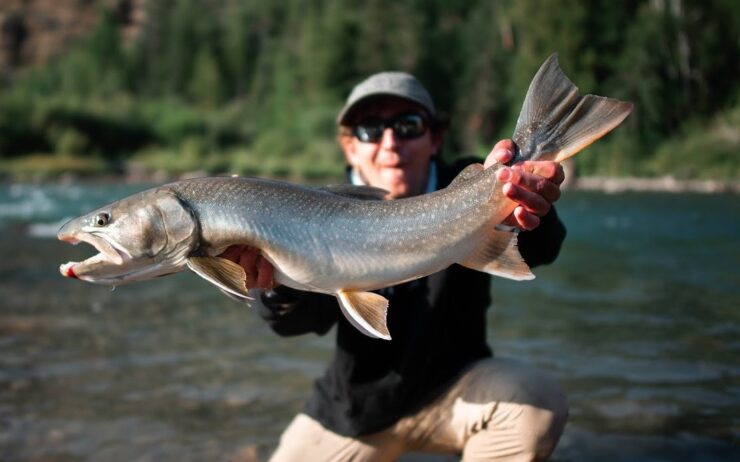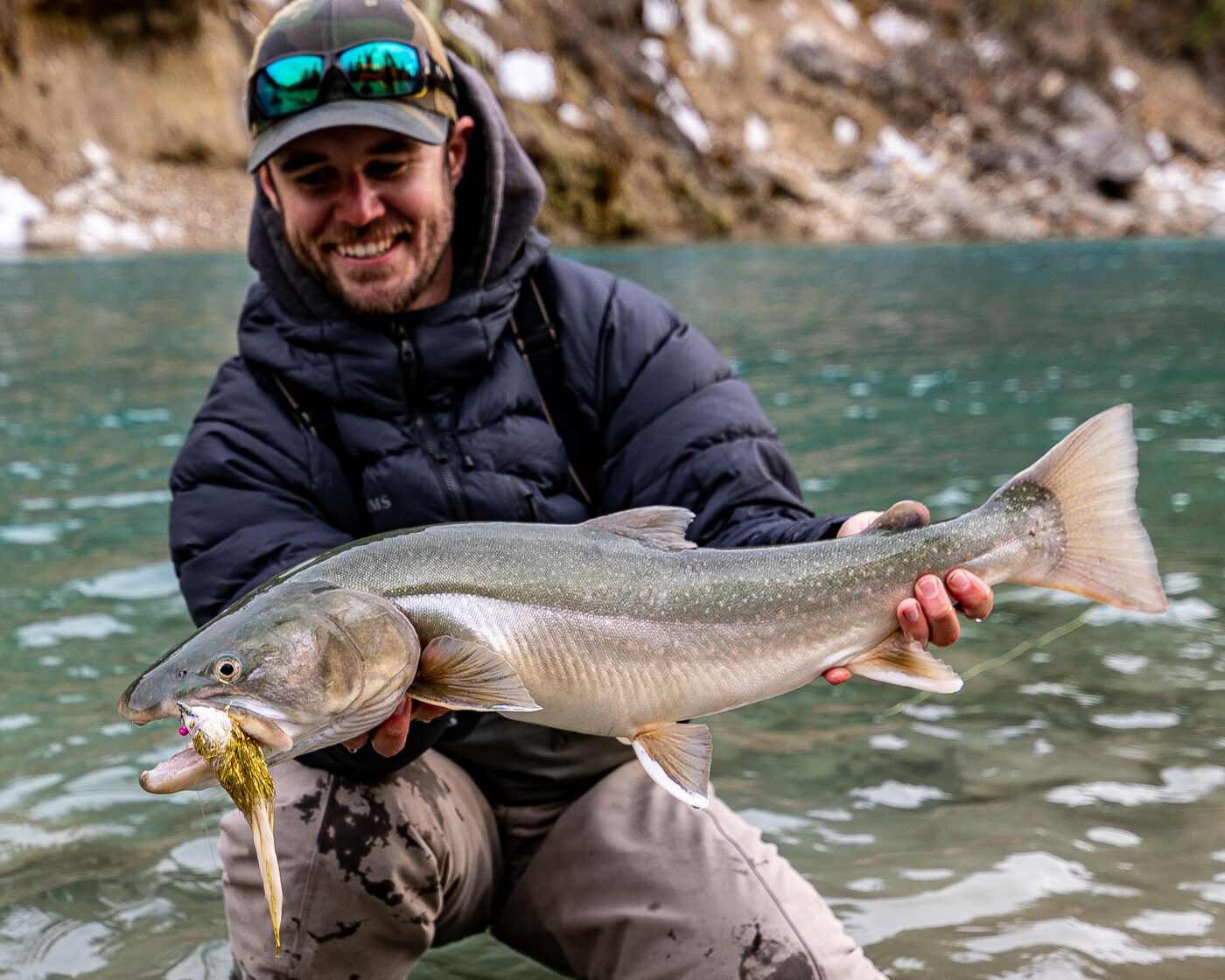It couldn’t have been later than 6 AM but I was wide awake. Whether that was because of excitement or because it was 30 degrees in my tent and I’d rolled off my sleeping pad onto a rock, I wasn’t sure. It could have been both.
We were camped on a gravel bar along Alberta’s Blackstone River, not far off the Forestry Trunk road and only a little way north of Highway 11.
We’d gotten in about 10:00 PM the night before and clumsily set up camp in the dark.
I didn’t want to spend a lot of time waiting for my brother – a notoriously late riser – to wake up, so I set about being as obnoxiously loud as I could as I went about my morning routine.
It worked, and he was up shortly after, ready to hit the river.
Table of Contents
ToggleFlyfishing the Blackstone River

The Blackstone starts in the front ranges of the Canadian Rockies, and winds through the foothills northwest of Nordegg, Alberta eventually spilling into the Brazeau River.
It’s not a big river by most standards, maybe 20 meters wide and not especially fast. In short, it’s a near-perfect foothill trout stream. Not only that, but it’s a damn pretty river.
According to Barry Mitchell’s much-vaunted (though somewhat outdated) guidebook, the Blackstone is one of only two rivers in Alberta where Bull Trout will rise to a dry fly.
While I can only speculate on the exclusivity of this claim as I have yet to tackle even a fraction of the Bull Trout waters in the province, he’s definitely right about it on the Blackstone.
Having a big bull smash your dry fly is an experience, to be sure.
Gear, Flies And Tackle Selection

I was carrying a 9 foot, five weight Echo Carbon XL, paired with a Redington Crosswater reel.
Not high-end gear, exactly, but both solid and reliable. My brother had borrowed a five weight Cabela’s store brand rod from me, paired with an old Okuma reel. I had it as a sort of cobbled together as an emergency, back-up rig, but it would serve its purpose just fine on this trip.
I try to be minimal with flies – I went through a phase where I lugged around my entire collection and I don’t think I caught more fish for it. For this trip, we were sharing a box of pretty standard dries for the Alberta foothills:
- Parachute Adams
- Red and Yellow Humpies
- Pale Morning Duns
- Elk-hair Caddises
- Black Gnats
We also had a box of nymphs, all bead heads:
- Hair’s Ear
- Prince
- Pheasant Tail
And a box of big terrestrials:
- Stimulators
- Chernobyl Ants
- A variety of grasshopper patterns
- Single enormous black and purple Fat Albert
Flyfishing For Bull Trout

We worked our way downstream from our campsite for about an hour without much luck. Coming around a corner, we stumbled across one of the prettiest (and fishiest) pools I’ve ever seen. Standing back to look at it, I saw a fish rise, then another.
“Listen,” I told my brother, “They’re feeding at the surface. I can’t see what they’re eating from over here, but we’re just going to chuck stuff at them ‘til we get it right.”
We started with a Red Humpy and a Stimulator as sort of prospector patterns. When that didn’t work, I tied on a Pale Morning Dun for him and settled in on the bank to pick something new for myself.
I didn’t even have time to pull one out of the box before a yell of “Got one!” broke my concentration.
I stumbled into the shallows to help land it, only to realize that we’d left the net behind. Never mind, these things happen (especially to me, it seems).
It was a big, fat, pretty cutthroat. We let it go in the water without measure, but I’m certain it was close to 20 inches.
Since my brother had staked out a spot near the head of the pool, I was relegated to fishing the tail, but it turned out to be just as good.
As the morning began to warm, I decided to see how true the claim of Bull Trout on dry flies really was.
I tied on the Fat Albert – remembering the outlandishly large streamers that big Bulls can be caught on and thinking to use the same strategy for dries – and let it drift down the pool. I started to pick up my rod to swing the flyback upstream when I got one of the most aggressive dry fly takes I’d ever seen.
A quick flight later and I had a moderately sized (but by no means small) bull trout swimming around my ankles.
Thankfully, my brother was a little quicker thinking than I and had brought a waterproof camera (though he’d also forgotten the net) along for the trip.
So, yeah, the bulls on the Blackstone do take dries. And they do it in typical bull trout style, fast and aggressive. And the cuts aren’t half bad either. Just don’t forget to bring your net.
Adelaide Gentry, a seasoned kayaking enthusiast and expert, is the driving force behind KayakPaddling.net. With over a decade of experience navigating the world’s most challenging waterways, Adelaide combines her passion for adventure with a deep knowledge of kayaking to provide insightful and practical guidance for paddlers of all levels.
Related Posts:
- 10 Best Tents For Kayak Camping 2024 - Stay…
- Heavy Duty Fishing: 11 Best Rods And Reels For Big Fish 2024
- 10 Best Saltwater Fishing Boats - Ultimate Angling Adventure
- 10 Best Kayaks For Camping 2024 - Lightweight and…
- 16 Best Kayak For Beginners 2024 - Kayaking Adventure Gear
- 12 Best Truck Bed Hitch Extenders for Kayak 2024 -…












